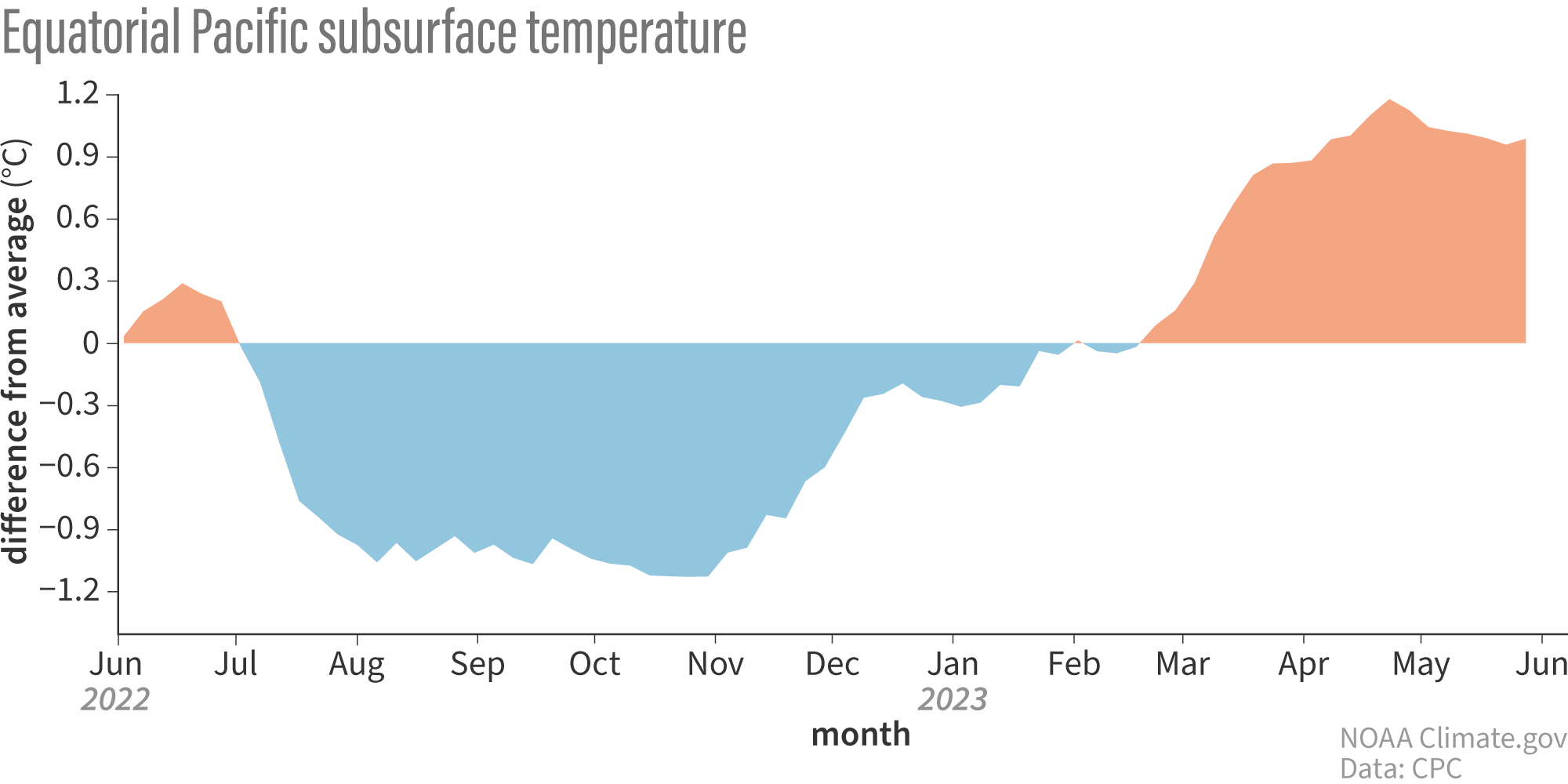When it comes to climate, South Carolina offers a delightful mix of warm summers and mild winters, making it an attractive destination for many. The average temperature in South Carolina varies throughout the year, influenced by the state's unique geography and coastal proximity. This article will explore the average temperature in South Carolina across different seasons, providing you with essential insights whether you're planning a visit or simply curious about the state's climate.
With its coastal regions and lush landscapes, South Carolina experiences a subtropical climate characterized by humid summers and mild winters. From the picturesque beaches of Charleston to the vibrant cities of Columbia and Greenville, the average temperature in South Carolina plays a significant role in determining the best times to visit these attractions. Understanding the seasonal weather patterns can help both residents and tourists prepare for outdoor activities, festivals, and beach days.
As we delve deeper into the average temperature in South Carolina, we will break down the data seasonally, explore how it affects daily life, and discuss what you can expect if you're planning to relocate or travel here. This comprehensive guide aims to equip you with all the knowledge you'll need to navigate South Carolina's climate with ease.
What is the Average Temperature in South Carolina Throughout the Year?
The average temperature in South Carolina varies significantly by season. Here's a seasonal breakdown:
- Winter (December to February): Average temperatures range from 30°F to 60°F.
- Spring (March to May): Average temperatures range from 40°F to 80°F.
- Summer (June to August): Average temperatures range from 70°F to 95°F.
- Fall (September to November): Average temperatures range from 50°F to 75°F.
How Does the Coastal Influence Affect Average Temperatures in South Carolina?
South Carolina's coastline plays a crucial role in moderating temperatures throughout the year. The Atlantic Ocean helps keep coastal areas warmer during the winter and cooler during the summer. This maritime influence results in a climate that is milder compared to the inland regions. Coastal cities such as Myrtle Beach and Hilton Head Island enjoy comfortable temperatures, making them popular vacation spots.
Which Cities in South Carolina Have the Highest Average Temperatures?
Some cities in South Carolina consistently record higher average temperatures than others. Here are a few cities known for their warmer climates:
- Columbia: Known as the capital city, it has an average summer temperature of around 92°F.
- Florence: This city often experiences high summer temperatures, averaging around 91°F.
- Charleston: With its coastal location, Charleston averages about 88°F in summer.
What are the Average Monthly Temperatures in South Carolina?
To give you a clearer picture, here’s a breakdown of the average monthly temperatures:
| Month | Average High (°F) | Average Low (°F) |
|---|---|---|
| January | 57 | 34 |
| February | 62 | 38 |
| March | 68 | 45 |
| April | 75 | 52 |
| May | 82 | 60 |
| June | 89 | 68 |
| July | 92 | 72 |
| August | 91 | 72 |
| September | 86 | 66 |
| October | 77 | 53 |
| November | 67 | 43 |
| December | 59 | 37 |
What Should You Pack for Different Seasons in South Carolina?
Understanding the average temperature in South Carolina can help you pack appropriately for your trip. Here’s a seasonal packing guide:
- Winter: Bring layers, including warm jackets, sweaters, and scarves.
- Spring: Light jackets, long pants, and comfortable shoes are ideal.
- Summer: Pack lightweight clothing, sunscreen, and swimwear.
- Fall: Include sweaters, light jackets, and comfortable footwear for outdoor activities.
How Does Average Temperature Impact Outdoor Activities in South Carolina?
The average temperature in South Carolina directly influences the types of outdoor activities available throughout the year. From beach outings in the summer to hiking in the fall, the state offers a variety of recreational options. Here are some popular activities:
- Beach Days: Summer temperatures make coastal activities like swimming and sunbathing enjoyable.
- Hiking: Mild spring and fall temperatures provide excellent conditions for hiking in the Blue Ridge Mountains.
- Festivals: Many outdoor festivals occur in spring and fall, taking advantage of pleasant weather.
Conclusion: Understanding South Carolina's Climate
In conclusion, the average temperature in South Carolina varies throughout the year, allowing for a diverse range of activities and experiences. Whether you're drawn to the state's beaches in the summer or the vibrant colors of fall, knowing what to expect in terms of weather can enhance your time here. So, pack accordingly and enjoy everything South Carolina has to offer!




